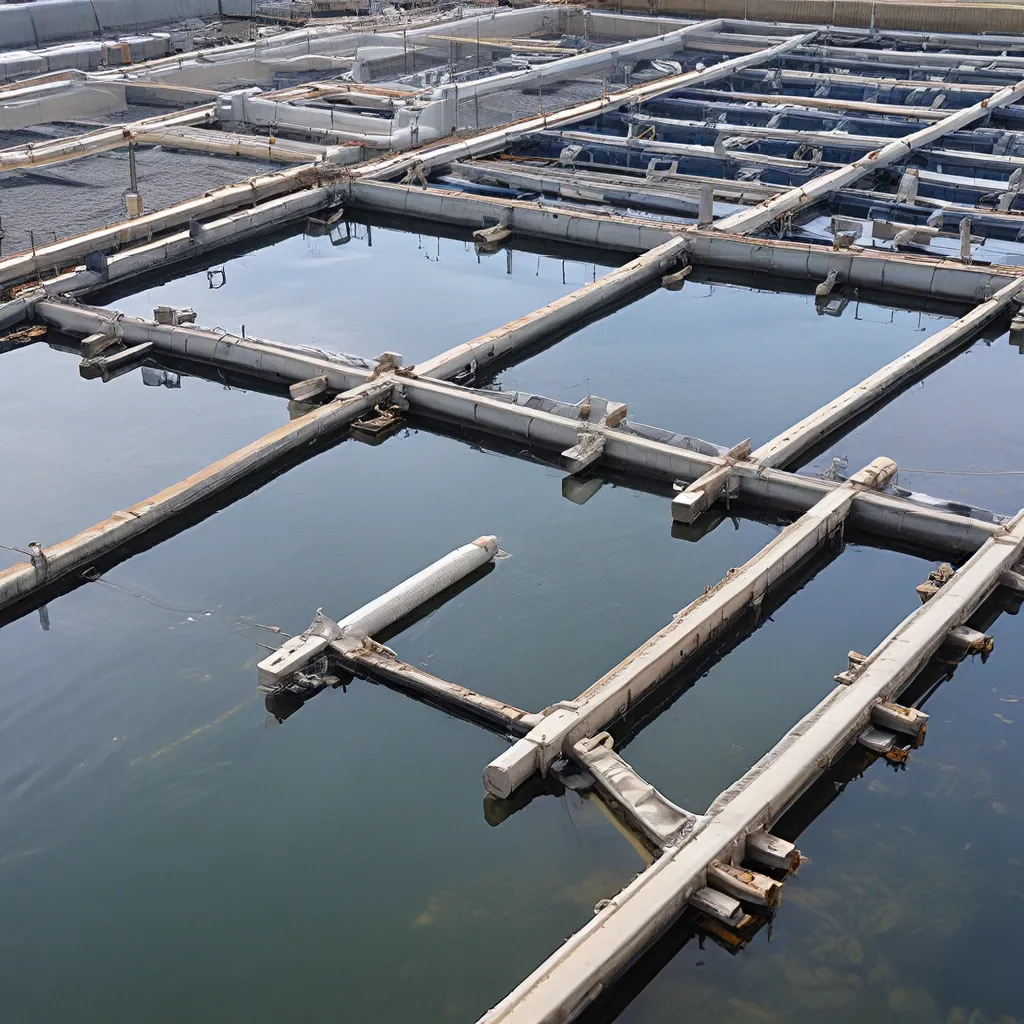
As a water treatment enthusiast, I’ve been fascinated by the rapid advancements in membrane-based technologies for wastewater purification. Membrane processes have proven to be a game-changer, offering remarkable improvements in the efficiency and affordability of wastewater treatment.
In this article, I’ll dive into the fascinating world of innovative membrane technologies and explore how they are revolutionizing the way we approach wastewater management. From cutting-edge reverse osmosis systems to the latest developments in membrane bioreactors, I’ll unpack the science, the benefits, and the potential of these remarkable innovations.
The Rise of Membrane-Based Wastewater Treatment
Traditionally, wastewater treatment relied heavily on conventional methods like activated sludge processes and chemical precipitation. While these approaches have their merits, they can be resource-intensive, prone to operational challenges, and limited in their ability to remove certain contaminants.
However, the emergence of membrane-based technologies has completely transformed the landscape. These systems leverage a semi-permeable barrier to selectively allow the passage of water while blocking a wide range of pollutants, including bacteria, viruses, and even dissolved salts and organic compounds.
One of the primary advantages of membrane-based systems is their versatility. They can be tailored to address a variety of wastewater treatment needs, from municipal sewage to industrial effluents. Additionally, these technologies often require less chemical additives and energy consumption compared to traditional methods, making them a more sustainable and cost-effective solution.
Reverse Osmosis: The Gold Standard in Membrane Filtration
At the forefront of membrane-based wastewater treatment is reverse osmosis (RO). This highly effective process uses applied pressure to force water molecules through a selective membrane, leaving behind a concentrated stream of contaminants.
RO systems are renowned for their ability to remove a wide range of dissolved solids, including salts, heavy metals, and even some organic compounds. This makes them particularly well-suited for treating brackish or saline wastewater, as well as wastewater streams with high levels of dissolved solids.
One of the key advantages of RO is its high rejection rate, which can exceed 99% for certain contaminants. This ensures that the treated water meets the most stringent water quality standards, making it suitable for a variety of reuse applications, such as industrial processes, agricultural irrigation, or even potable water production.
Membrane Bioreactors: Combining Biology and Membrane Technology
While reverse osmosis excels at physical separation, another innovative approach to wastewater treatment is the membrane bioreactor (MBR). This technology integrates a biological treatment process with a membrane filtration system, creating a highly efficient and compact solution.
In an MBR, the wastewater undergoes biological treatment, typically using aerobic microorganisms to break down organic matter and remove nutrients like nitrogen and phosphorus. The membrane component then acts as a physical barrier, separating the treated water from the biomass, resulting in a high-quality effluent.
The advantages of MBRs are numerous. They occupy a smaller footprint compared to conventional activated sludge systems, they can achieve higher levels of contaminant removal, and they are less sensitive to hydraulic and organic loading variations. Additionally, the membrane filtration allows for a higher biomass concentration, leading to enhanced biodegradation efficiency.
Emerging Trends and Future Developments
As the field of membrane-based wastewater treatment continues to evolve, I’m excited to see the emergence of even more innovative technologies and approaches.
One area of active research is the development of advanced membrane materials, such as nanomembranes and biomimetic membranes. These materials have the potential to further improve the selectivity, permeability, and fouling resistance of membrane systems, making them even more efficient and cost-effective.
Another promising trend is the integration of renewable energy sources into membrane-based treatment systems. By powering these processes with solar, wind, or hydropower, we can create truly sustainable wastewater treatment solutions that minimize the carbon footprint and energy demands.
Additionally, the automation and optimization of membrane-based systems through the use of artificial intelligence and machine learning is an area of growing interest. These technologies can help to monitor system performance, optimize operating parameters, and predict and prevent membrane fouling, further enhancing the efficiency and reliability of these systems.
Embracing the Future of Wastewater Treatment
As I reflect on the remarkable advancements in membrane-based wastewater treatment, I can’t help but feel a sense of excitement and optimism. These innovative technologies are not only transforming the way we manage our water resources but also paving the way for a more sustainable and resilient future.
By harnessing the power of membrane filtration, we can recover valuable resources from wastewater, reduce our environmental footprint, and contribute to the circular economy. And as the research continues to evolve, I’m confident that we’ll see even more remarkable breakthroughs that will further revolutionize the way we approach wastewater management.
If you’re as fascinated by this topic as I am, I encourage you to explore the wealth of information available online, including resources from the U.S. Environmental Protection Agency and leading scientific journals. And if you’re in need of exceptional wastewater treatment services, be sure to check out the offerings at Alpha Wastewater – they’re at the forefront of this exciting field.